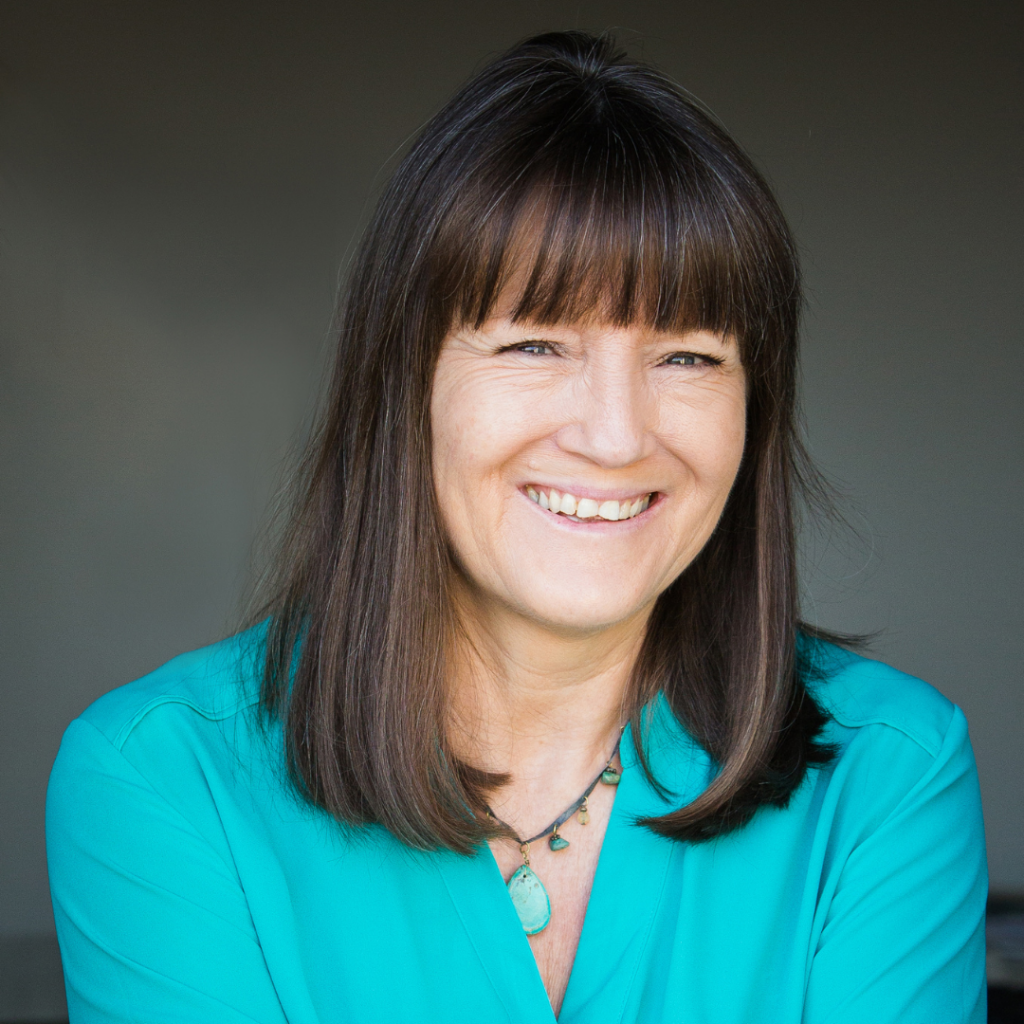
“Dem bones, dem bones, dem dry bones….” as the song goes.[1] The skeleton is traditionally thought of as connected bones surrounded by the periosteum and activated by muscles. But are bones really the passive, dessicated, rigid structures we have in the past considered them to be?
We are now starting to understand otherwise, and the bone is being brought to life, being seen by many as differentiated fascia, although this is still a much argued point. John Sharkey states: “Bone viewed as a separate entity from the “muscular system” has been the norm since the days of Galen of Pergamon [129AD-c 210 AD] and possibly earlier since the time of Erasistratus [ca. 290 BC]. Yet a hint at the continuity of our form is reflected in the term “musculoskeletal system,” a much-used phrase in texts including modern and older anatomy tomes.”[2] This paper argues that bone is “an integral aspect of the fascial continuum” and that “Fascia originates predominantly from the mesoderm with contribution from neural crest cells of the ectoderm (48). According to embryologist Blechschmidt the mesoderm reveals itself as a connective tissue – the mesenchyme [25]. This mesenchyme gives rise to connective tissue specialisation including cartilage, bone, blood (and blood vessel endothelium), the dermis, muscles (skeletal, cardiac and smooth) [7]. Restraining our vision concerning the ubiquitous nature of this continuous fascial net risks reducing the true connectivity of human form.”
I read this paper while considering how to describe Sharon Wheeler’s BoneWork[3], the topic of our next Members’ Webinar on Wednesday 23rd August. I trained in this work some years ago and use it mainly in conjunction with ScarWork (also originated by Sharon), where the tension in the local and even global fascial net created by scarring and associated adhesions has caused displacement and torsion in the bones. Naturally, other structures will be affected at the same time, as the fascia surrounds every element of our body. Assisting the ease of tension allows the affected bones/structures to return to their normal shapes/positions from a state of displacement, with all that implies. However, sometime the bones need an extra bit of help, and this is where I use BoneWork.
Seeing the bones as “…floating within” the softer connective tissues…” (same research paper) rather than as a series of separated elements with attachments, insertions and origins, explains how the precise, applied pressure Sharon Wheeler uses to encourage bones to let go of unnatural rotations and displacements, works so well. Does it explain how different BoneWork techniques facilitate the lengthening of a compacted bone, returning it to nearer its original length, or other apparently mysterious results? Maybe not, and only research will explain this. This modality can be learned by therapists from most modalities, with sufficient experience.[4]
Whichever way you see bones, we are undeniably moving into a more personal relationship with them. Love them, appreciate them, take care of them; they are a living, vital part of your body, not to be underestimated.
A fuller version of this article appears in the Members’ Area. Find out more about our membership here. The Members’ Webinar on Sharon Wheeler’s BoneWork is held in the membership area.
References
[1] Dem Bones – Wikipedia
[2] Sharkey, J. October 2020. Should bone be considered fascia: Proposal for a change in taxonomy of bone- a clinical anatomist’s view. International Journal of Biological and Pharmaceutical Sciences Archive, 2020, 01(01), 001–010.
[3] BoneWork (wheelerfascialwork.com)
[4] For information on the next BoneWork courses please contact jan@thefasciahub.com direct.
Posted in tags: blog, John Sharkey, Research
Jan Trewartha
Joining The Hub
There are many benefits to joining The Fascia Hub community. We will be continually revising and updating how we can better support our members. Of course, if you have any ideas or thoughts as to what you would like to see, then we would love to hear from you. Our membership proposition is continually evolving and changing to ensure that we bring you the best from the world of fascia. If there is something you would like to learn more about, please do drop us a line and let us know.

